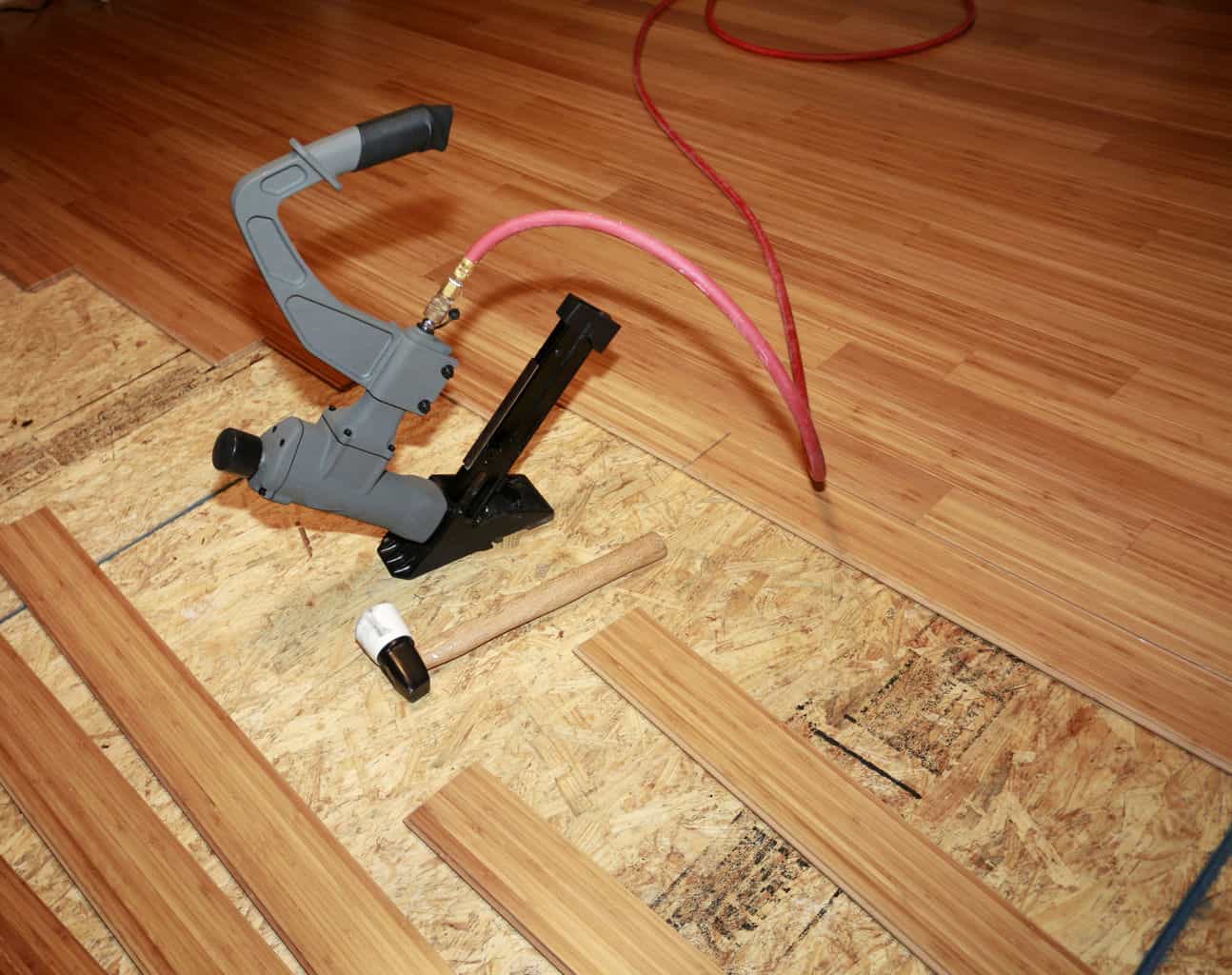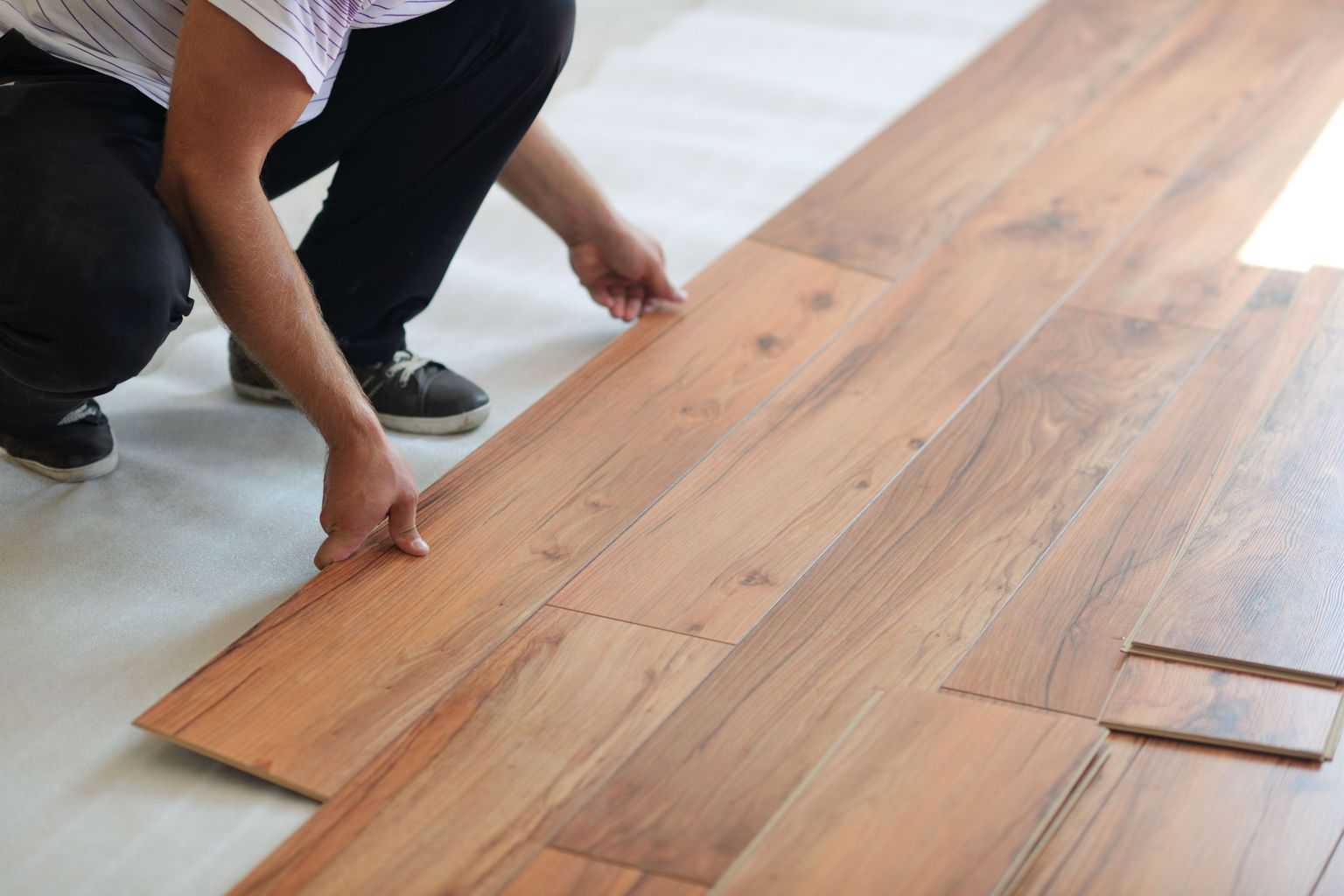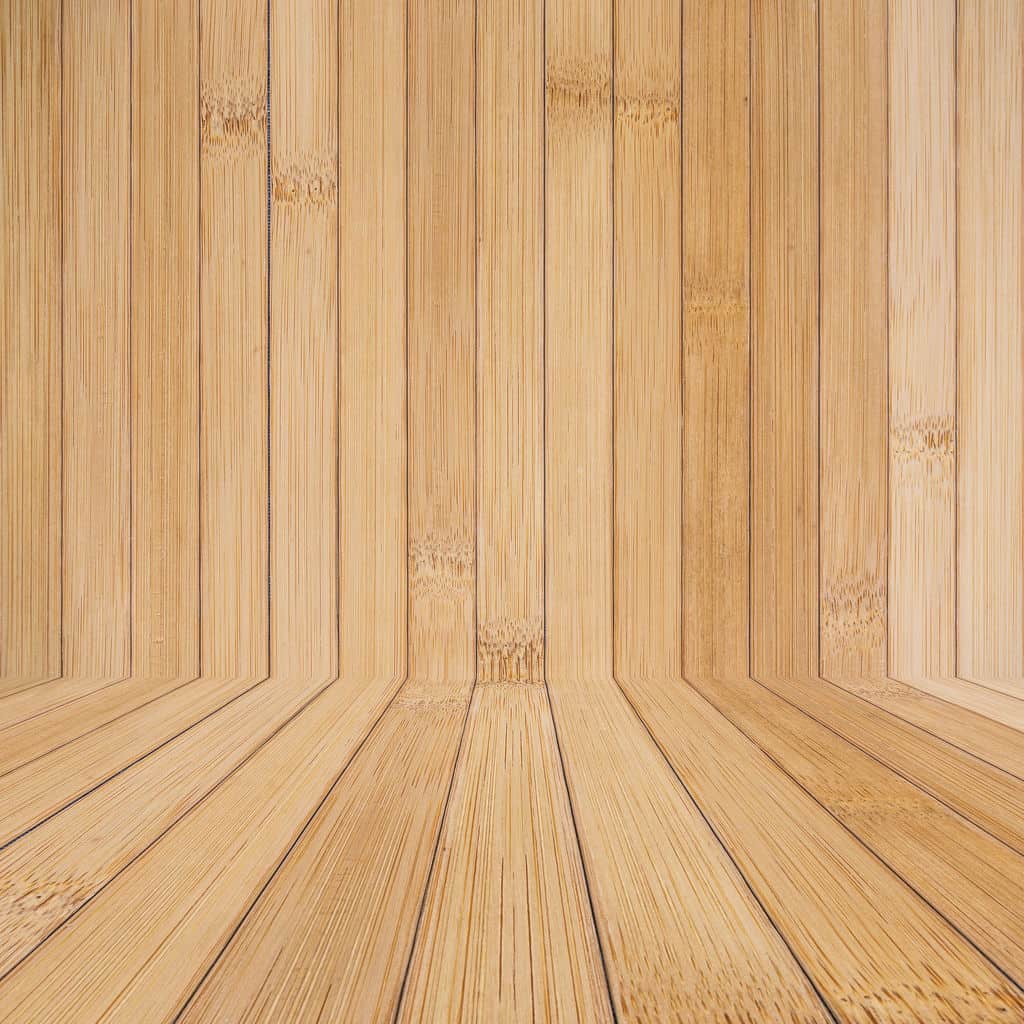Why should you opt for bamboo flooring instead of more traditional options like oak? We like bamboo because it's environmentally friendly, quick to grow and adds an attractive contemporary look to your floor. It's also durable enough to last for a long time as long as it's installed correctly.

How to Put Your Bamboo Flooring In
Bamboo flooring installation isn't necessarily as easy as it sounds – just laying down flooring – simply because a good-looking floor should run perfectly parallel to your walls and improper installation can actually reduce its durability. Most people prefer to hire a professional for exactly this reason.
However, it usually takes less than a day and you'd be surprised by how much a better-looking floor can improve the overall appearance of a room. If you decide to do it yourself, it's usually cheaper but you also should make sure to do it right the first time so that your bamboo flooring remains attractive for a long period of time.

Step 1: Create a reference for laying down the first few rows
This is usually done by drawing out a reference line that runs parallel to either the exterior wall, which is usually the straightest, or the longest wall in the room and then laying down a batten board that's perfectly parallel to either the exterior wall or the longest wall in the room. This provides a reference guide to putting down the first few rows and will be removed once they're in place.
Step 2: Start putting in flooring
Use an 18-inch nail driver to secure the shoulder of the first board. The nails should go in at an angle so they don't interfere with putting in subsequent boards. If a different type of flooring borders the new bamboo flooring installation, leave a one-inch gap between the existing flooring and the new. This leaves room for a transition strip and avoids damage to existing flooring.

Step 3: Add another row of planks
Before you start with the next row of planks, make sure everything is straight and lined up with the batten board. The next row should start with a shorter segment of wood to stagger the seams. This reduces wear and tear on the ends of the wood planks so your floor lasts longer. Make sure the seams are lined up straight as you add the new rows.
Step 4: Remove batten board and add spline
Once you're sure everything is going in perfectly straight and parallel with the walls, remove the batten board. The spline you add in its place should be twice the width and the same height as the tongues of the wood planks you've been adding. Put a small amount of glue in the groove of the plank that is nailed to the floor and gently tap the spine into place.
Step 5: Add the last row
Now that you have most of the flooring added, you may notice that there's a gap that isn't wide enough for a full-width plank. This is where you'll want to cut back remaining planks to the required width and use a pry bar to position the planks. Add finish nails to the face of the board near the wall and use molding to cover the nail heads.
Step 6: Inspect the work
Actually, it's usually easier to inspect the work at each step in the process because you can still correct mistakes before the work is completed. Every row should go in perfectly straight. If you're close to the end and things don't seem to be quite right, look for where you might have gone wrong even if it means taking up a few rows and reapplying them in a straighter fashion.

Step 7: Take good care of your bamboo floor
Your bamboo floor installation looks perfect now, but you still want to care for it properly to make sure it lasts. If liquid is spilled on it, the spill should be dried with a dry towel before it has a chance to soak in. When you mop, you should use a cleaner that is designed specifically for wood floors and the mop should only be lightly dampened. Floor protectors should be placed under the legs of heavy furniture to protect the floor and keep the furniture from sliding. If you must move furniture, get help with the heavy lifting so you don't have to slide furniture across the floor. Remove shoes or wipe your feet before walking on the floor when you come in from outside. If you wear high heels, avoid walking on the floor if possible to avoid damage to the floor caused by the heels.
